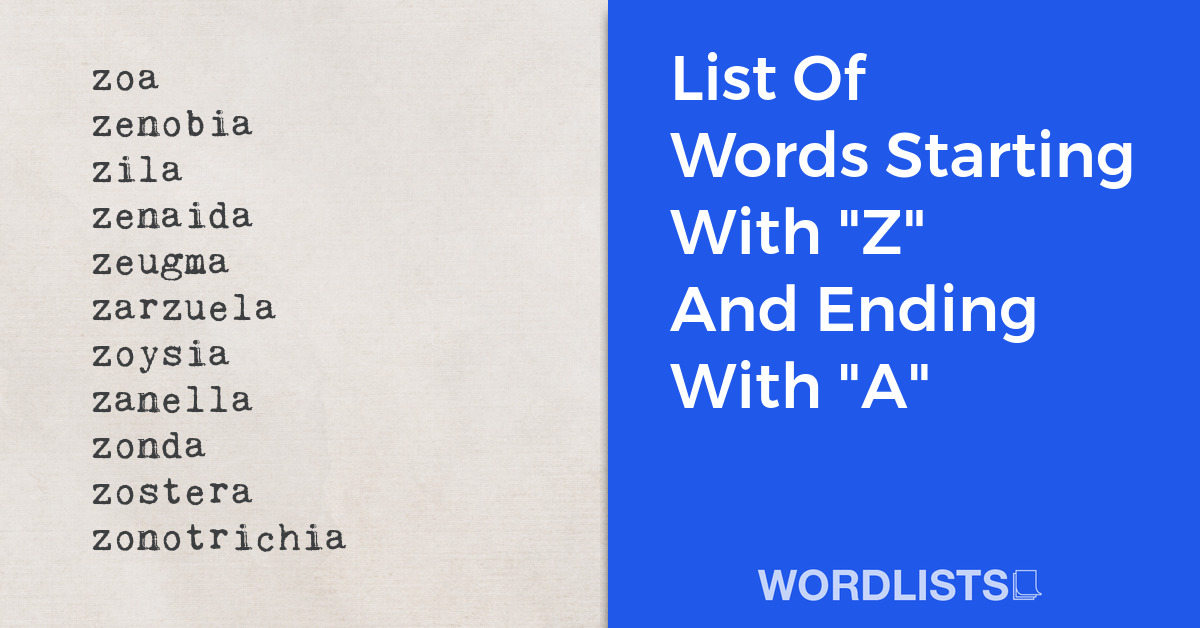Cats are beloved pets all over the world, and as a result, they have a rich and varied vocabulary. From the breeds and species of cats to the behavior and characteristics that make them unique, there are countless words and terms associated with our feline friends.
In this list, we’ll take a look at 50 words that are commonly associated with cats, ranging from basic terms to more advanced concepts. Whether you’re a cat enthusiast or a new cat owner, you’re sure to learn something new and deepen your understanding of these fascinating animals.

Subscribe to our mailing list to receive FREE exclusive content and offers!
50 Words Associated With Cats Meanings
Tail: The elongated, flexible extension of a cat’s backbone, which is used for balance and communication.
Persian: A breed of cat characterized by its long, silky coat, round face, and short muzzle.
Vet: Short for veterinarian, a medical professional who provides healthcare to animals, including cats.
Hunt: The instinctive behavior of cats in pursuing and catching prey, often demonstrated even in play.
Catnip: A type of mint plant that many cats find irresistible, often used in toys to stimulate play behavior.
Sleep: A state of rest that cats engage in periodically throughout the day and night, often more frequently than humans.
Birman: A breed of domestic cat that originates from Burma, characterized by a silky coat, deep blue eyes, and contrasting white “gloves” on each paw.
Carrier: A portable crate or box used for transporting a cat safely, often to the vet or during a move.
Leash: A length of cord or strap attached to a cat’s collar or harness, used to control the cat’s movements while outdoors.
Abyssinian: A breed of domestic cat with a distinctive ticked tabby coat, believed to be amongst the most ancient of cat breeds.
Pet: An animal kept primarily for companionship, of which cats are a common example.
Meow: The characteristic sound made by a cat, used for communication with humans.
Domesticated: The state of being adapted to life with humans, which cats have undergone over thousands of years.
Ocicat: A breed of domestic cat that resembles a wild cat but has no wild DNA in its gene pool, known for its spotted coat.
Water: A fundamental requirement for life, necessary for a cat’s hydration, although many cats are known for their dislike of being immersed in it.
Maine Coon: A large breed of domestic cat, known for its distinctive bushy tail and tufted ears.
Declaw: A controversial surgical procedure that removes a cat’s claws, which can significantly impact a cat’s behavior and well-being.
Litter Box: A container filled with litter where cats are trained to urinate and defecate indoors.
Claw: The sharp, retractable nails of a cat, used for hunting, climbing, and self-defense.
Kitten: A young cat, typically less than one year old.
Collar: A band worn around a cat’s neck, often holding identification tags or a bell.
Whiskers: Long, sensitive hairs on a cat’s face that assist with navigation and the detection of nearby objects.
Javanese: A breed of domestic cat that is a color variation of the Balinese cat, characterized by medium-length, silky coat and sapphire-blue eyes.
Scottish Fold: A breed of domestic cat characterized by its natural dominant-gene mutation that affects cartilage throughout the body, causing the ears to “fold.”
Groom: The act of a cat cleaning its fur with its tongue, or the care provided by a human to maintain a cat’s coat and hygiene.
Egyptian Mau: One of the few naturally spotted breeds of domesticated cat, having been kept as a pet and symbol of grace in Egypt for thousands of years.
Breed: A group of cats having a common ancestry and similar physical characteristics, officially recognized by cat fancier organizations.
Food: The substance cats eat to receive the nutrients they need for survival, often specially formulated for a cat’s specific dietary needs.
Purr: A low, continuous, vibrating sound made by cats, generally signaling contentment.
Devon Rex: A breed of intelligent, short-haired cat that emerged in England during the 1960s.
Bed: A soft, comfortable place where a cat sleeps or rests.
Feline: A term referring to cats or the cat family, including domestic cats and larger, wild cats such as lions and tigers.
Paws: The feet of a cat, equipped with sharp claws and soft pads.
Burmese: A breed of domestic cat, originating in Southeast Asia, known for its short coat and muscular, compact body.
Scratching post: A wooden or cardboard post covered in rough material that cats use to scratch, helping to keep their claws sharp and healthy.
Play: Activity engaged in for enjoyment and recreation, which is essential for a cat’s physical and mental well-being.
Animal: A living organism characterized by voluntary movement, including cats.
Scratch: A behavior of cats where they drag their claws down a surface, often to mark territory or maintain claw health.
Spay: A surgical procedure to remove the ovaries and usually the uterus of a female cat, preventing her from becoming pregnant.
Neuter: A surgical procedure to remove the testicles of a male cat, preventing him from reproducing.
Bengal: A domestic cat breed developed to look like exotic jungle cats such as leopards, ocelots, margays and clouded leopards, known for its spotted coat.
Himalayan: A breed of long-haired cat identical in type to the Persian, with the exception of its blue eyes and point coloration.
Furry: A term used to describe the thick, soft hair that covers a cat’s body.
British Shorthair: A breed of domestic cat known for its robust physique, dense coat, and broad face.
Toy: An item for a cat to play with, often designed to stimulate hunting behaviors like chasing and pouncing.
American Shorthair: A breed of domestic cat known for its athletic build and excellent hunting abilities.
Exotic Shorthair: A breed of cat that was created to be a short-haired version of the Persian.
Siamese: An ancient breed of domestic cat, native to Thailand, known for its striking color contrasts, blue almond-shaped eyes, and short coat.
Manx: A breed of domestic cat originating on the Isle of Man, with a naturally occurring mutation that shortens the tail.
Cuddle: An affectionate act where one holds a cat close in their arms or laps to express love and comfort.







